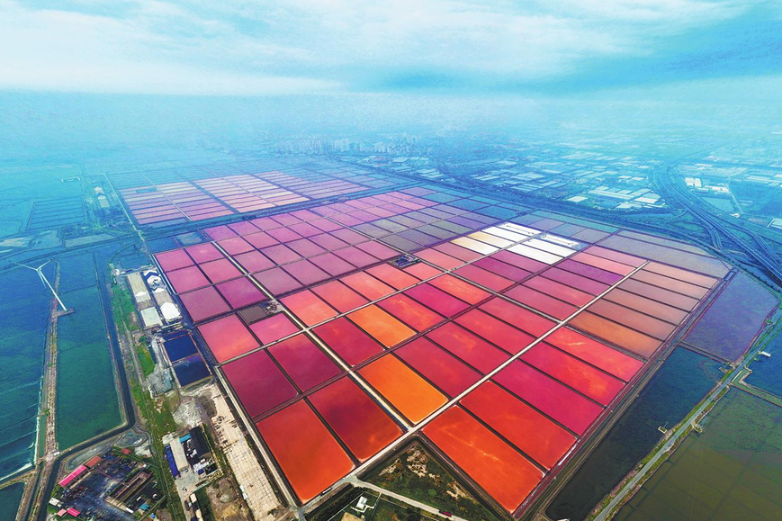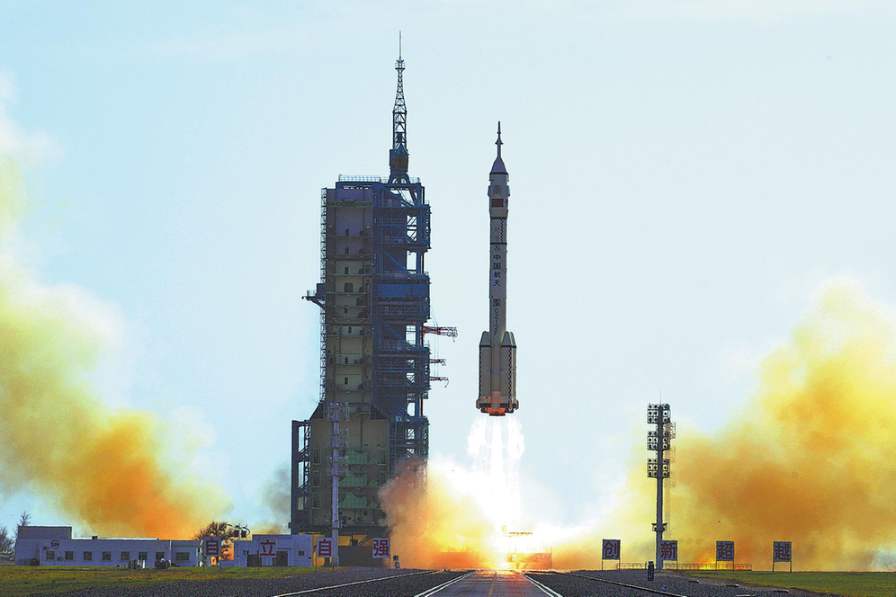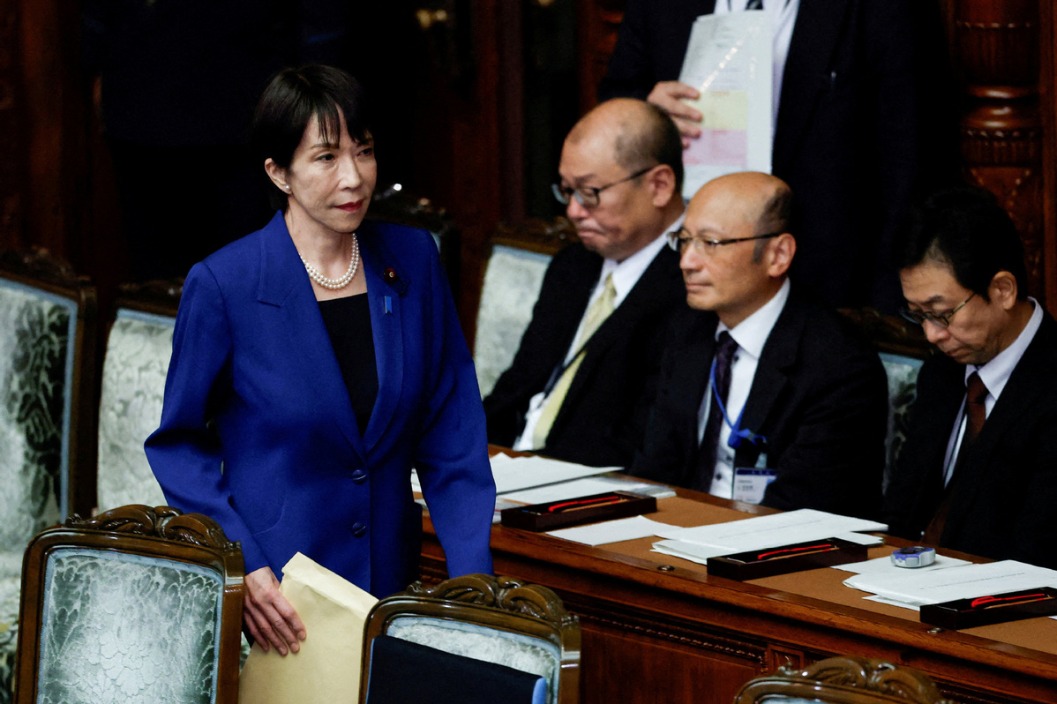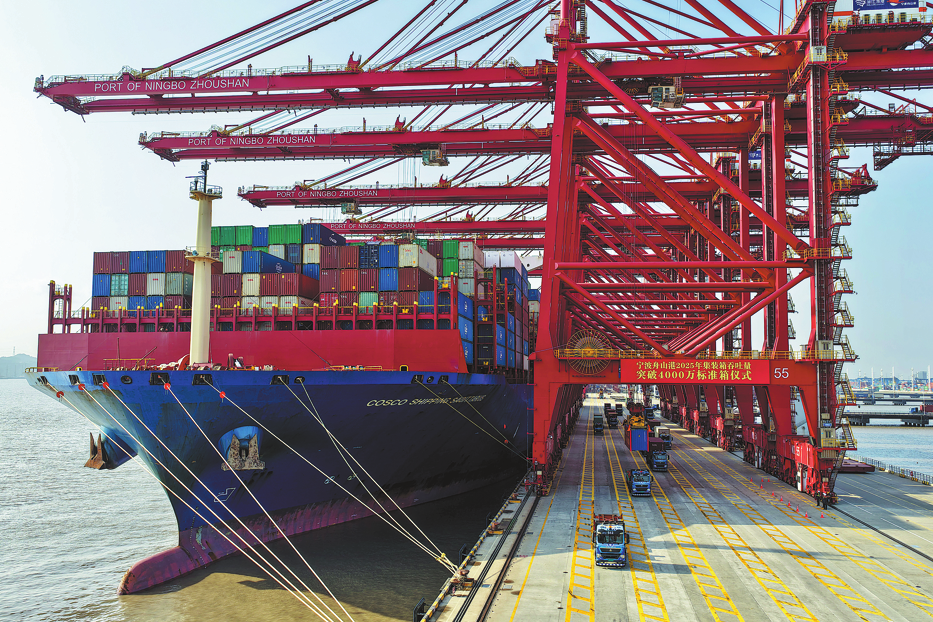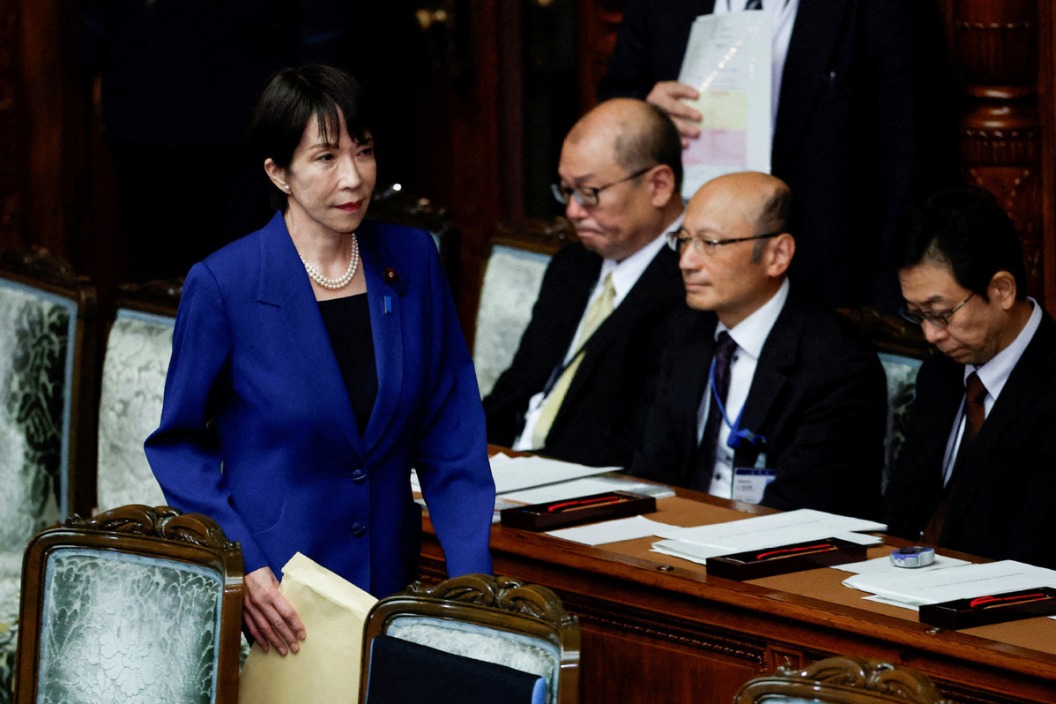Washington's ploy to drive wedge between China and Mekong neighbors: China Daily editorial


The Mekong Dam Monitor, which uses remote sensing and satellite imagery to track and publish water levels at dams in China and other countries on the Mekong River (the Chinese stretch of which is called the Lancang), was launched on Monday, providing information open for everyone in near real-time.
While it remains to be seen how accurately the project can help monitor water levels and thus contribute to the ecological system and welfare of farmers and fishermen living along the river, its proclaimed mission as revealed by its operator has belied the anticipated objectivity and political neutrality that characterize scientific research.
"The monitor provides evidence that China's 11 mainstream dams are sophisticatedly orchestrated and operated in a way to maximize the production of hydropower for sale to China's eastern provinces with zero consideration given to downstream impacts," said Brian Eyler of the Washington-based Stimson Center, a global think tank which operates the virtual water gauges.
A judgment has been passed before the trial.
How can people take seriously new findings reaped from the project — either on the river's "surface wetness" or "natural flows" — assuming there are any. The approach it has so bluntly adopted shows the project is nothing but part of Washington's influence campaign to denigrate China and pit its neighbors against it. It is a case of give the dog a bad name and then hang it.
Which is not strange, given that the project is part-funded by the United States Department of State. Washington has made no secret of the fact that it wants to portray China as a villain in the region, with Secretary of State Mike Pompeo having already blamed the drought that hit the 4,900-kilometer long river last year on "China's decision to shut off water upstream", a false claim that aimed to drive a wedge between the country and its Mekong neighbors.
Scientists believe that the dry conditions, the worst in decades, were mainly driven by the El Nino weather phenomenon and exacerbated by climate change.
China, on its part, increased outbound water flow in the drought season to help downstream countries mitigate their plight.
Moreover, China has in recent years worked closely with its Mekong neighbors — Laos, Myanmar, Thailand, Cambodia and Vietnam — to push forward water resources cooperation through hydrological data sharing, the drafting of flood prevention and drought relief plans, and hydropower energy delivery to downstream countries.
"The legitimate rights and interests of all countries in developing and utilizing their water resources … should be fully respected," Premier Li Keqiang said at the third Lancang-Mekong Cooperation Leaders' Meeting in August, when he also pledged that China will provide more help to the best of its ability for the Mekong countries to make better use of water resources.
The Mekong Dam Monitor should help strengthen cooperation among countries along the river, rather than driving them apart.




















